Guatemala: How WFP-supported farmers keep school learners nourished
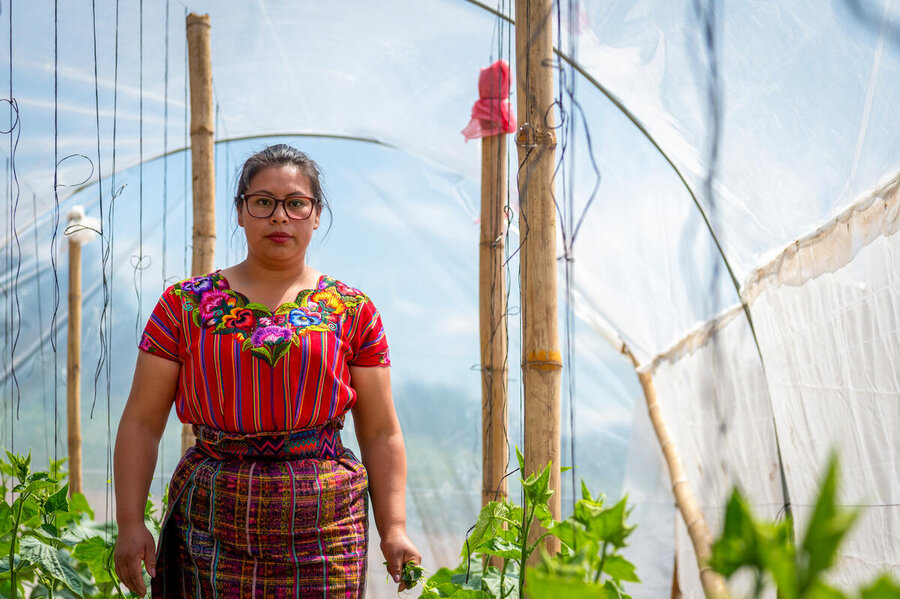
Surrounded by seemingly endless fields of corn, Heydi Ajú and her husband Alvaro are working their neatly rowed plot of land in central Guatemala. It stands out.
While corn is the staple crop most producers harvest, their hillside greenhouse is filled with newly seeded onions, cabbage, broccoli, sweet potatoes and more.
The couple cultivates a bounty of fresh vegetables that will be sorted, cleaned, weighed and packed at their home, destined for the plates of hundreds of schoolchildren in the department of Chimaltenango.

A member of the Kaqchikel Indigenous Mayan people, Ajú is one of tens of thousands of smallholder farmers across the country the World Food Programme (WFP) supports in improving production and locating viable markets.
Smallholder farmers make up over 80 percent of Guatemalan farmers, but in a country dominated by export-driven agriculture, they face limited access to land, financial tools and markets. The WFP initiative, connecting smallholder growers with the Government-run school-feeding programme, is one way to channel their offer to demand.
Guatemala is the first country in Central America to mandate school meals at a national level. Since 2017, at least 70 percent of ingredients for school meal baskets must be procured from local smallholder farmers.
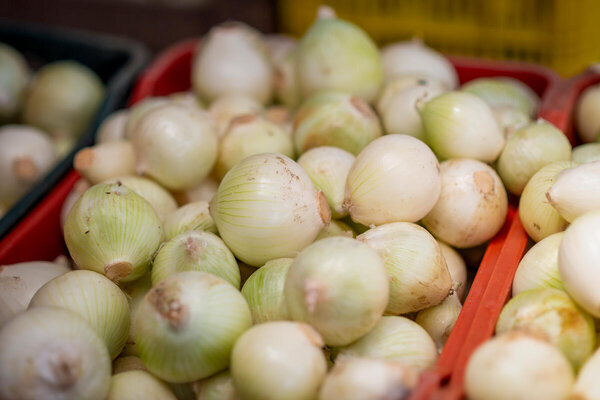
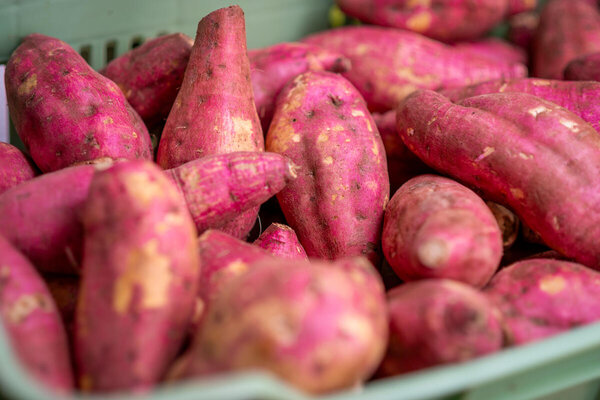
“Guatemala’s commitment to local procurement is nothing short of innovative,” says Tania Goossens, WFP Country Director and Representative in Guatemala. “Prioritizing local farmers puts food on the table in a sustainable way – every purchase made from a local farmer means one less mile travelled by food-laden trucks, one less ounce of carbon dioxide emitted into the atmosphere.”
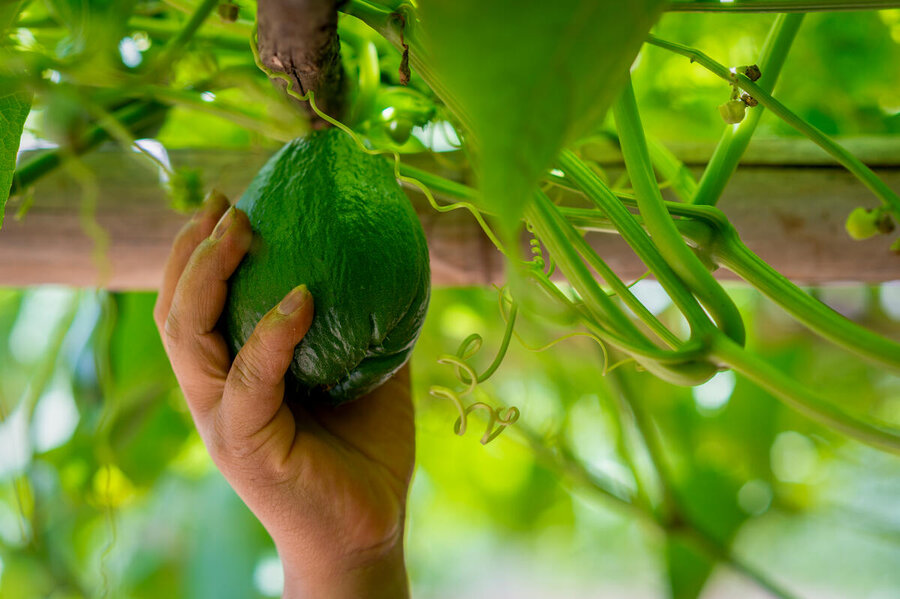
“This also fosters a deeper connection to the land," adds Kate Sinclair, WFP Guatemala programme head. "Sourcing locally ensures that meals not only nourish but also cultivate a profound sense of belonging and stewardship for the earth, and the preservation of cultural traditions."
Becoming a formal supplier for the school feeding programme requires meeting demanding criteria. However, once they make the grade, farmers like Heydi Ajú can have access to a reliable outlet for their crops.
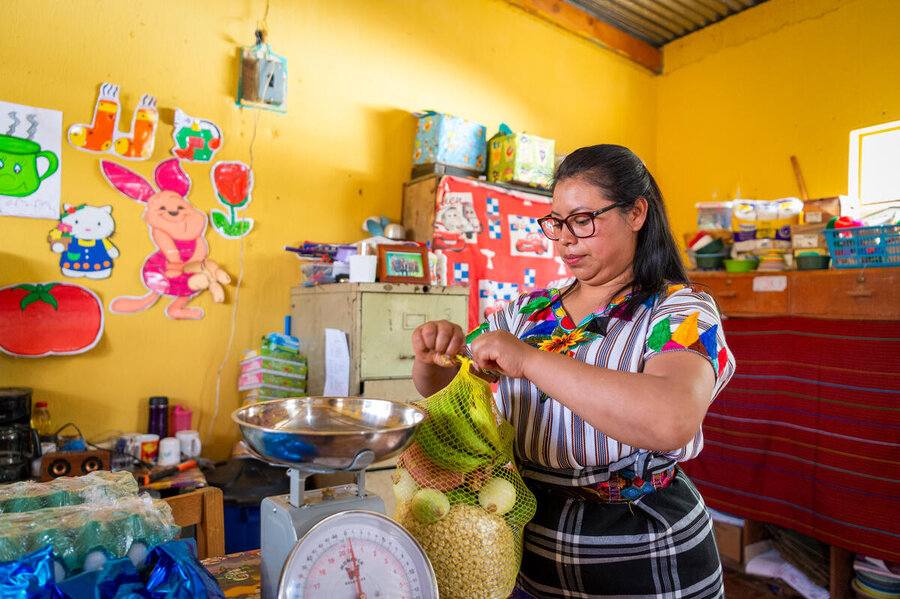
WFP’s innovative School Feeding Management mobile app makes their lives easier. Launched together with the Guatemala’s Ministry of Education and financed by the World Bank, the app allows schools to order locally produced, nutritious and culturally appropriate foods directly from reliable and certified farmers in their area. More than 500 farmers and 840 schools currently use it countrywide.
Farmers can browse the app and fill orders submitted by the parents’ associations of nearby schools, saving time they would otherwise spend visiting schools to earn new orders.
“Sometimes I would spend a whole morning visiting some schools,” explains Ajú, who also collects food from other farmers. “I couldn’t cover them all. But now, with the app, we and the schools can contact each other, and we can offer our services to any school that is requesting them.”
“The school meal programme is our home’s major source of income,” she adds. “It has helped us sustain our family, including during the pandemic, when everything in our town was shut down.”
Ajú has grown from supporting one small school, with just 25 students, to six schools. She’s become well known for the quality of her produce and price-for-value, and parents and teachers alike have ranked her as their top supplier.
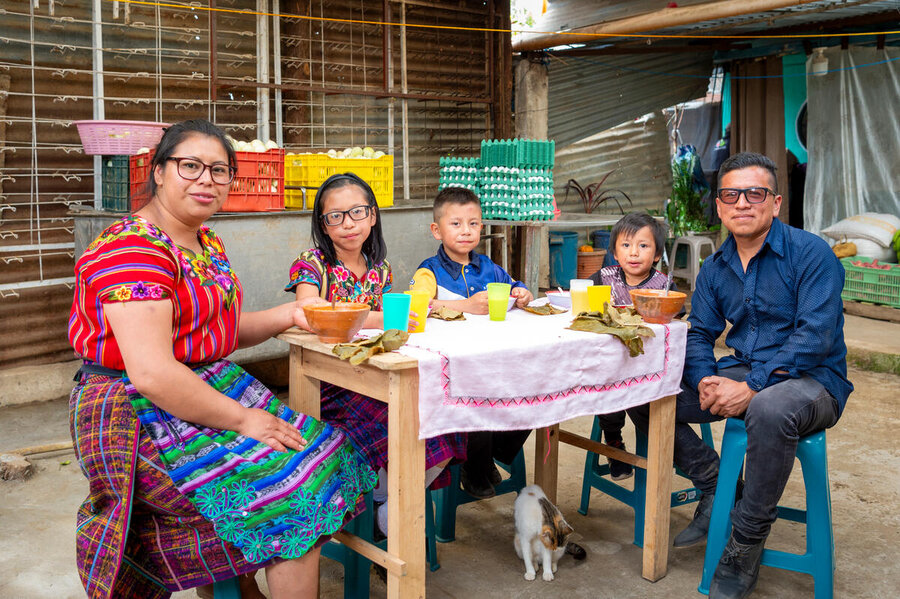
Communities living in rural areas – many of them made up of members from Guatemala’s 23 Indigenous Mayan groups – face some of the country's highest malnutrition rates. With nearly half of its children under five stunted, or short for their age - rising to 58 percent among Indigenous children – Guatemala has the highest stunting rate in Latin America and the Caribbean, and the sixth highest globally.
This makes the fresh, nutritious school vegetables supplied by farmers like Ajú, all the more important.
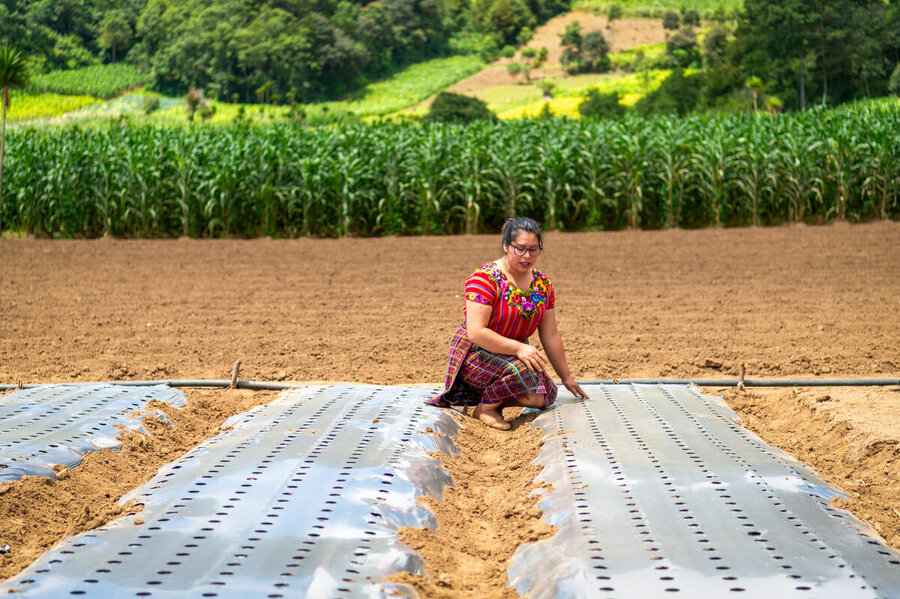
“Here families struggle every day to make sure their children can eat. Even if you look, you can’t find a job,” says Mirna Miculax Marrroquín, a mother and parents’ association head of a Chimaltenango school supplied by Ajú.
“Everything they give the children at school always comes with vitamins, minerals and what children need the most,” Marrroquín adds.
“Fruit and vegetable consumption has increased through the school meal programme,” says Emy Cruz, a WFP field monitor overseeing the Chimaltenango programme. “I believe it’s a strategy that can lead us to reduce malnutrition levels among schoolchildren here in Guatemala.”
